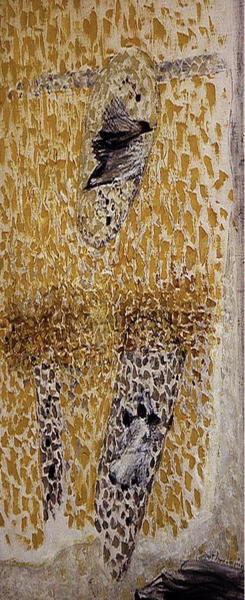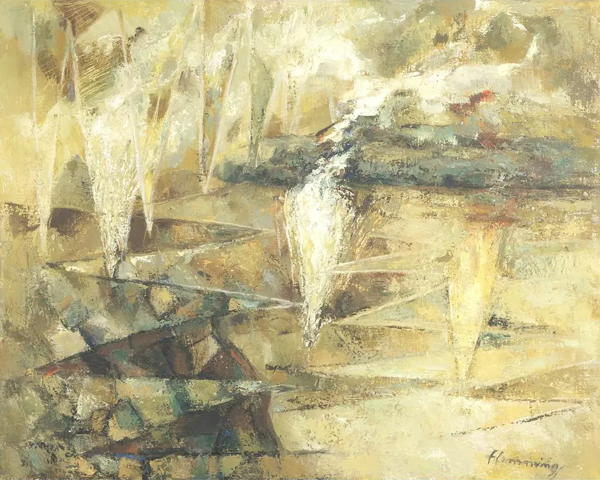Amy D. Flemming
American Painter
(1876–1970)
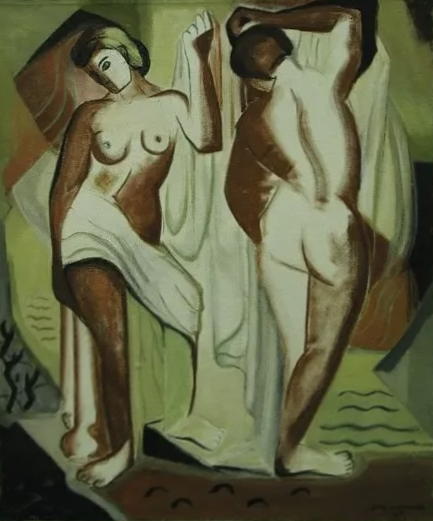
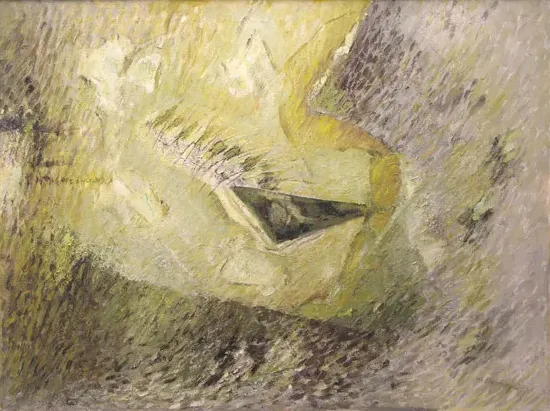
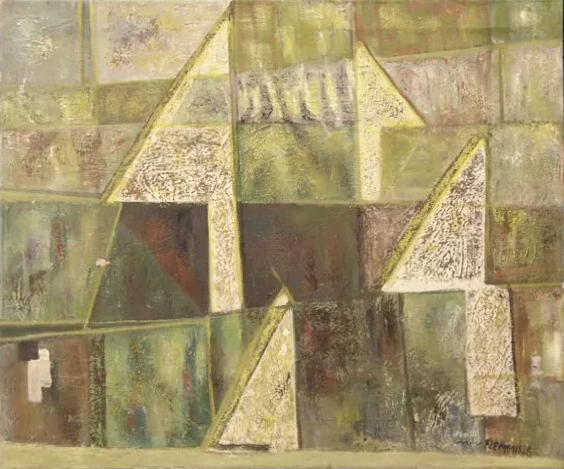
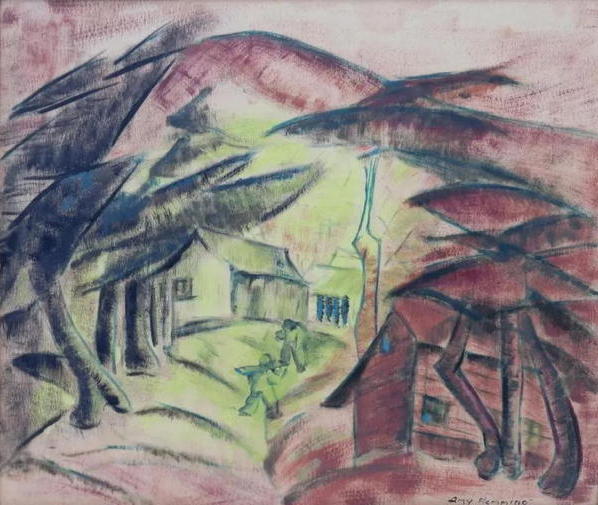
These images of Flemming’s art were gleaned from auction sites, except the last painting, Flowers, Birds, Children in the Fields (1963), which is in the collection of the San Francisco Museum of Modern Art. They should not be reproduced for commercial use.
Information about Flemming from her Wikipedia page: Amy D. Flemming (September 10, 1876, San Francisco—December 17, 1970, Woodacre, California), was a painter and professor of art, active in the San Francisco Bay Area from the early 1900s to the 1960s. She was born Amy Dewing, and took the name Flemming when she married Herbert Flemming, c. 1919. She studied at the School of Design of the San Francisco Art Association. Her teachers included Arthur Mathews, Gottardo Piazzoni, and Hans Hofmann. Flemming herself was teaching art by 1916, and was a professor of art at San Francisco State Teachers College in 1938. In the 1920s and 1930s, Flemming was active in the San Francisco Society of Women Artists, taking part in exhibitions and serving as an officer. She exhibited paintings, watercolors, pastels, and drawings in numerous venues including the San Francisco Art Association (from 1903 to at least 1948), the Marin County Art Association (first prize in painting, 1927), the California Art Club, Los Angeles, 1929, from 1946 in shows at the California Palace of the Legion of Honor, and from 1956 to 1957 at the Ruth White Gallery, New York. Two high points of her career were the exhibition Amy D. Flemming: Paintings at the San Francisco Museum of Art (now the San Francisco Museum of Modern Art) in 1940, and at the same institution the show Oils by Amy D. Flemming in 1942. Her painting Flowers, Birds, Children in the Field (1963) is in the collection of SFMOMA. Her painting The Echo (by 1962) is in the collection of the San Francisco Art Institute.
In 1956, reviewing her show at the Ruth White Gallery in New York (which included the work above), ARTnews wrote that her oil paintings "use olive, deep black and somber red to denote emotions felt at witnessing the natural scene. They have a rather grandiloquent, Wagnerian quality." |
|
This page is hosted at StevenSaylor.com. |
